Shopping for cufflinks shouldn’t be difficult, however, with the seemingly unlimited amount of choices, narrowing down your favorite may be quite complicated. Our advice is to get it down to your top 5, then grab them all. Cufflinks are the ultimate splurge. After all, they are not only a reflection of your style and class; they are the one piece that will take your look to the next level. If ever there were something luxurious to treat yourself to, it is a pair of cufflinks.
To make that it easier for you to pick five, Cufflink Depot has created a guide to help you explore the different jewelry metals commonly used in cufflinks. You can buy with confidence knowing that you have a full understanding of what makes your cufflinks so unique and fabulous.
Before we get started, we need to go over a couple of things. Our first stop is the difference between an element and an alloy.
-
-
- Elements – Metals can be an element like copper, iron, zinc, or platinum. Two of the most common element metals you will see when shopping for cufflinks, or any jewelry, are gold and silver.
- Alloys – Alloys are metals that are made up of an elemental metal and one or more metal or non-metal element. Some example alloys are steel, which is a combination of iron (metal) and carbon (non-metal). Bronze is another popular alloy which is made up of copper (metal) and tin (metal). Brass is another alloy metal which combines copper (metal) and zinc (metal).
-
Now that we have established the difference between elements and alloys let’s go over the most popular materials used in cufflinks.
Sterling Silver
Sterling silver cufflinks are some of the most popular and stylish cufflinks. This metal choice is common in many designs and an excellent choice if you plan to customize the cufflinks because it is soft and easy to work with. Silver can be antiqued to look darker, or it can be polished to give a brilliant shine. Sterling pieces are often stamped with .925, which means your silver is an alloy that has at least 92.5% silver, and the rest is usually copper. While .925 is the most common concentration of sterling silver, you may see the very rare .950. 95% sterling silver cufflinks are priced higher and will leave you amazed. However, you may find that .925 cufflinks are more desirable because they have a stronger metal for durability.
Sterling Silver with Rhodium Plating
Sterling silver cufflinks can feature rhodium plating to prevent tarnishing. Rhodium is a rare chemical element and has a silvery-white appearance. It is corrosion-resistant, very hard, and considered a chemically inert transition metal that is part of the platinum group. When a piece of sterling silver is polished and dipped in rhodium, it becomes extremely resistant to tarnishing and will have a bright finish that looks similar to white gold.
Solid Gold
There isn’t anything quite like a pair of gold cufflinks. They are the peak of luxury, style, and class. This choice of metal is an excellent investment in your cufflink collection and a true prize. Beyond the fantastic look, gold cufflinks are a great choice because they have longevity and are incredibly durable. Some of the most popular gold cufflinks are 14k gold. These are durable and scuff resistant. Unlike fourteen carat, twenty-four-carat gold can be easily scuffed due to how soft the metal is. Another popular choice is twenty-carat white gold cufflinks which blend yellow and white gold to make a gleaming finish. This type of solid gold cufflink is often plated in rhodium to enhance its brightness and prevent scratching.
Be careful when buying gold cufflinks. For example, if a pair of cufflinks is said to be twenty-four-carat white gold, then it is too good to be true. White gold is an alloy of gold made by mixing in another metal like silver or nickel to give it the bright white look. A white gold piece can be 80-90% pure (18-20 carats), but that is pushing the envelope of the purity towards yellow gold. Something with a purity of 20 carats is most likely coated in rhodium to make it appear whiter. Keep in mind that 24-carat gold is pure gold (without any mixing of other metals), so a white gold, which is an alloy, therefore, cannot be 24-carat gold.
Rose Gold
Rose gold has been everywhere recently as it’s uniquely beautiful pink hue stands out brilliantly. This stunning coloration is created by alloying gold with copper, which results in a gorgeous pinkish hue. At times, silver and copper are combined to make a similar appearance as rose gold. The absolute purest form of rose gold will be 22-carat; however, most rose gold will be 18K, which is 75% yellow gold and 25% copper.
Rose gold has been increasing in popularity. The unique pink hue is beautiful and goes with several styles. One of the most popular events for rose gold is weddings because its unique romantic color is perfect for such events.
Gold Vermeil
Gold vermeil a beautiful alternative to solid gold. Vermeil is another word for gold gilding, or gold plating, which means that gold is plated over another metal (usually sterling silver) producing a beautiful piece which looks exactly like gold, but comes at a much more affordable price point. It comes in 14-carat to 24-carat. Vermeil is especially popular not only for its incredible affordability but also for its unique look when engraved. The bright sterling silver shines just brilliantly under the heavy gold plating making your custom monogram or company logo shine through like nothing else.
Gold and Silver Finish Cufflinks
Gold and silver finish cufflinks are always best sellers and for a good reason. They are simply stunning for one, and are very affordable. Gold and silver finish means they are made up of a base metal like nickel or brass and have been polished to look like gold or silver. Some can have actual gold or silver plating. These cufflinks are an affordable way to get your collection started and, with the proper care and cleaning, they will look fabulous and maintain their striking gold or silver look for years.
Gunmetal Cufflinks
Gunmetal cufflinks standout at any event. Their dark coloration is nothing less than striking and bold. This beautiful alloy is made up of 88% copper, 10% tin, and 2% zinc. It can also be a base metal like brass or steel which with a gunmetal finish.
Stainless Steel
Stainless steel is a metal alloy, made up of steel mixed with elements like iron, carbon, and chromium to make it highly resistant to rust. This type of metal is excellent for cufflinks and other jewelry due to its durability and, of course, how beautiful stainless steel looks. For example, oxidizing stainless steel quickly can give it a radiant coloration effect. One of the greatest attributes of stainless steel is it’s “self-healing” ability, even though it is incredibly durable and resistant to wear if somehow it is scratched or damaged, stainless steel has the unique ability to repair itself by forming a new chromium-oxide layer over the scratch. Interest in stainless steel cufflinks has been steadily increasing in the world of fashion. Be sure to check out our stainless steel cufflinks to find a great pair matching your style.

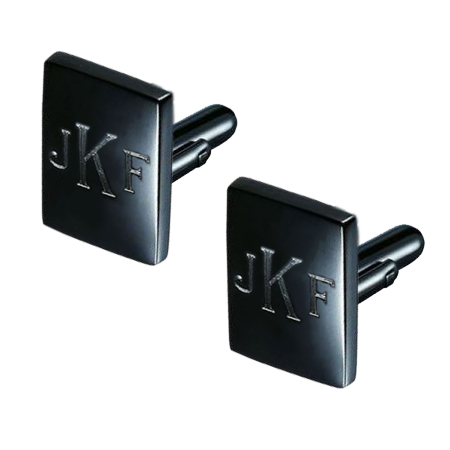
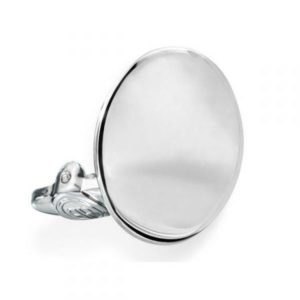
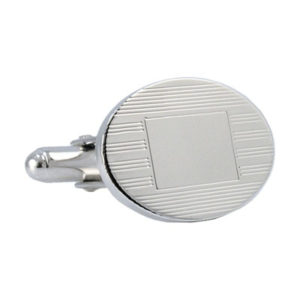
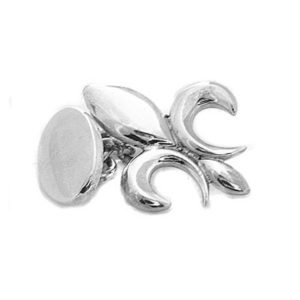
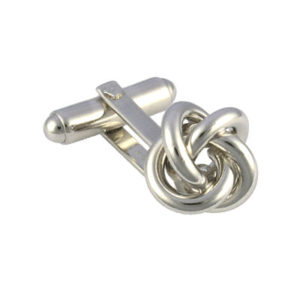
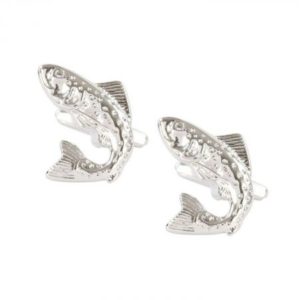
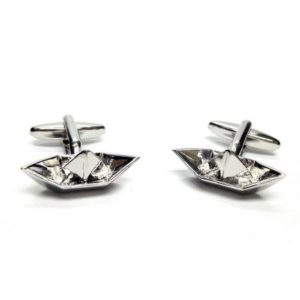
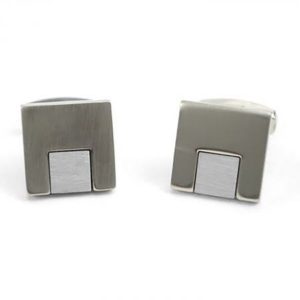
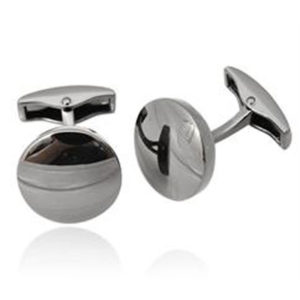
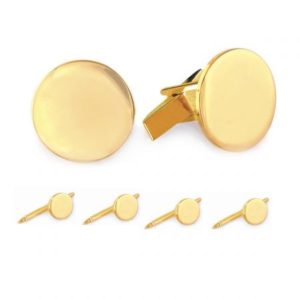
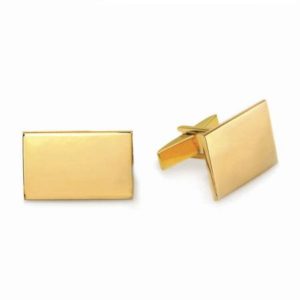
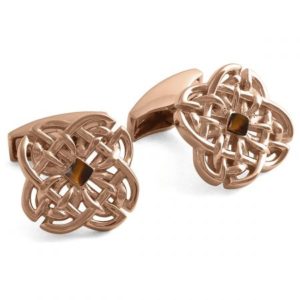
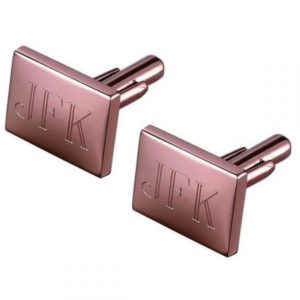
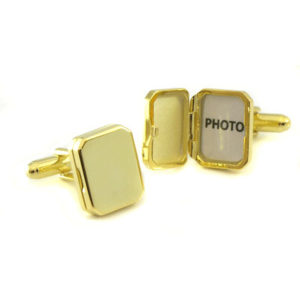
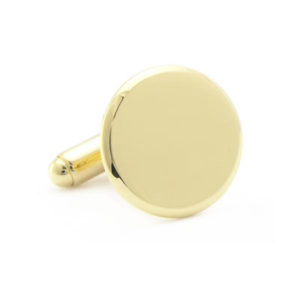
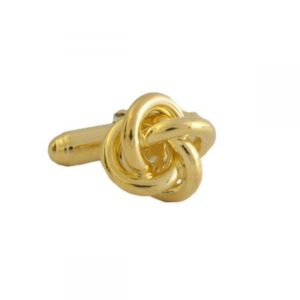
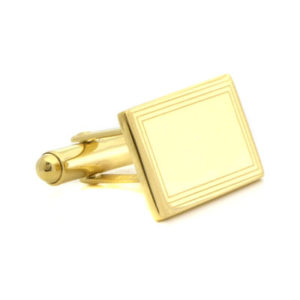
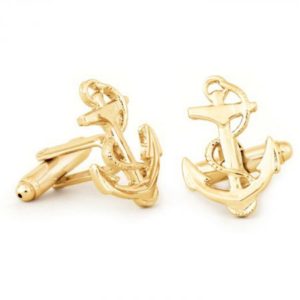
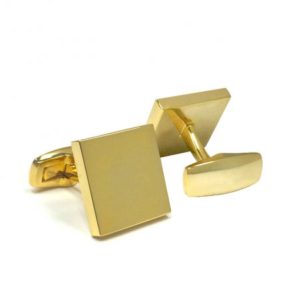
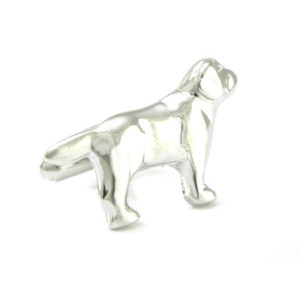
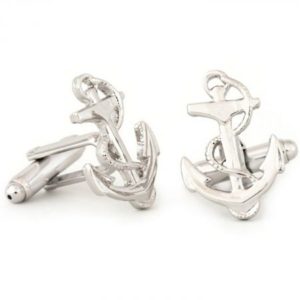
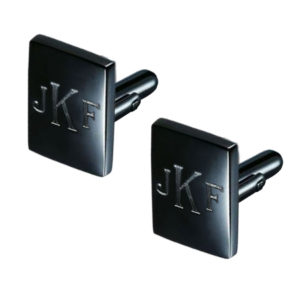
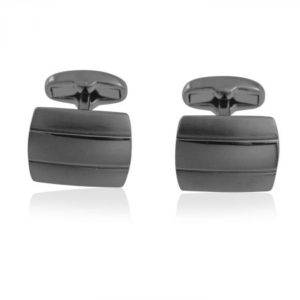
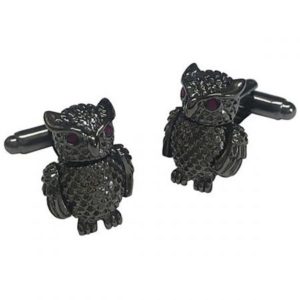
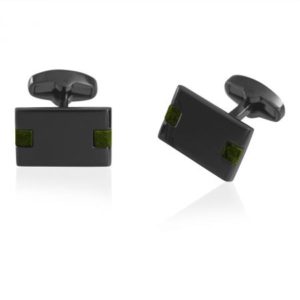
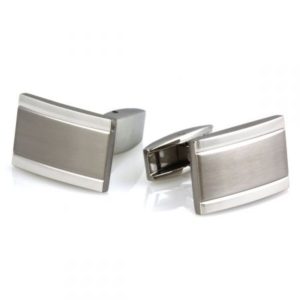
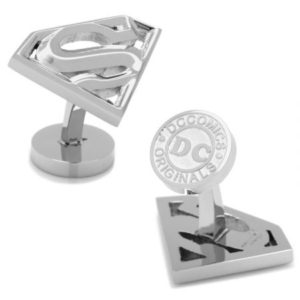
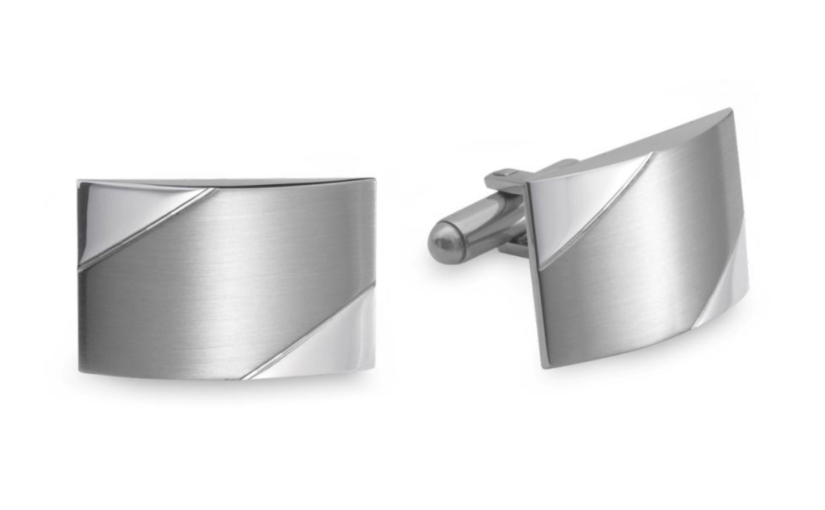
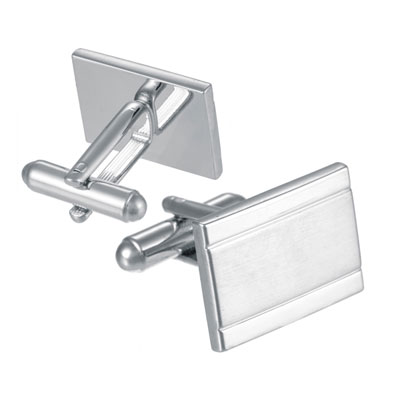
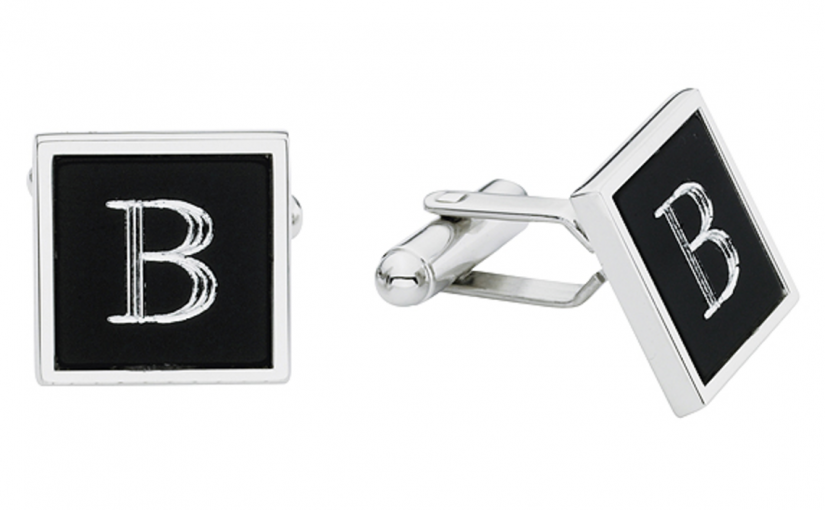
You didn’t mention pewter cufflinks. How do they compare to those you discussed? Thanks for your advice.